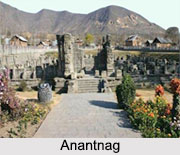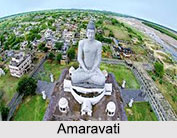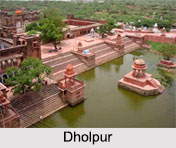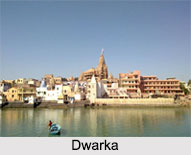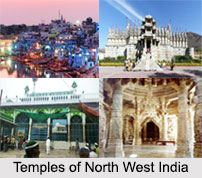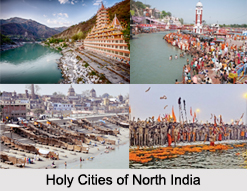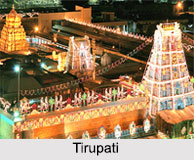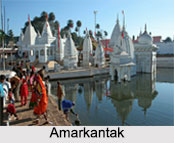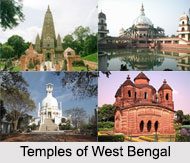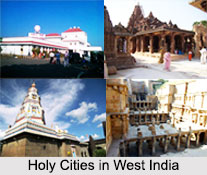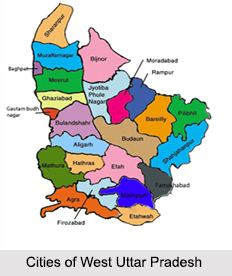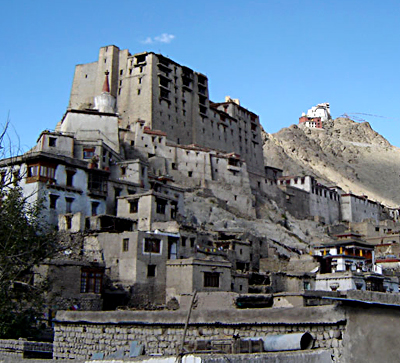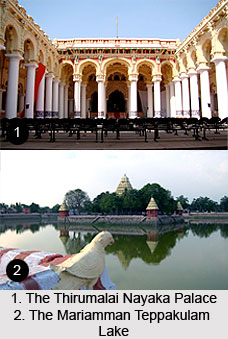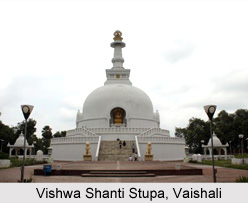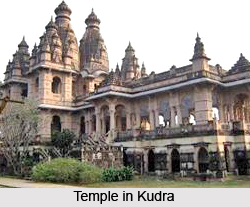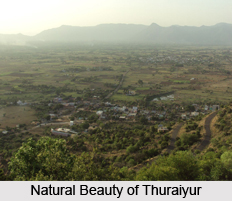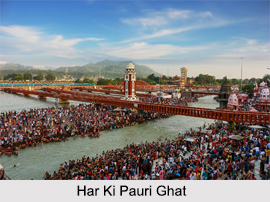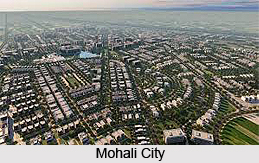 Mohali is a city which is a commercial hub lying adjacent to the city of Chandigarh in Punjab. This place is famous for the tourist importance like Gurudwara Amb Sahib, Gurdwara Mata Sunder Kaur, Banda Singh Bahadur War Memorial and Fateh Burj.
Mohali is a city which is a commercial hub lying adjacent to the city of Chandigarh in Punjab. This place is famous for the tourist importance like Gurudwara Amb Sahib, Gurdwara Mata Sunder Kaur, Banda Singh Bahadur War Memorial and Fateh Burj.
Location of Mohali
Mohali is administrative headquarters of Sahibzada Ajit Singh Nagar District. It was officially named after Sahibzada Ajit Singh, the eldest son of Guru Gobinda Singh as SAS Nagar ("City of Sahibzada Ajit Singh"). In 2012, the name Mohali was shortened to Ajitgarh.
Ajitgarh, along with Chandigarh and Panchkula, forms a part of the Chandigarh Tricity. It was earlier a part of the Rupnagar District, and was carved out as a separate district in 2006.
Climate of Mohali
Mohali has a sub-tropical continental monsoon climate characterized by a seasonal rhythm: hot summers, slightly cold winters, unreliable rainfall and great variation in temperature (-1 to 44 degree Celsius or 30 to 111 degree Fahrenheit). In winter, the frost sometimes occurs during December and January. The average annual rainfall is recorded at 617 millimetres (24.3 in). The city also receives occasional winter rains from the west.
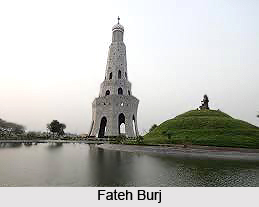 The temperature in summer may rise to a maximum of 47 degree C (117 degree F). The temperatures generally remain between 30 and 40 degree C (86 and 104 degree F). In autumn, the temperature may rise to a maximum of 36 degree C (97 degree F). Temperatures usually remain between 16 and 27 degree C (61 and 81 degree F) in autumn. The minimum temperature is around 13 degree C (55 degree F). The average temperatures in winter (November to February) remain at (maximum) 7 to 15 degree C (45 to 59 degree F) and (minimum) 1 and 5 degree C (34 and 41 degree F). The spring temperatures vary between 16 and 25 degree C (61 and 77 degree F).
The temperature in summer may rise to a maximum of 47 degree C (117 degree F). The temperatures generally remain between 30 and 40 degree C (86 and 104 degree F). In autumn, the temperature may rise to a maximum of 36 degree C (97 degree F). Temperatures usually remain between 16 and 27 degree C (61 and 81 degree F) in autumn. The minimum temperature is around 13 degree C (55 degree F). The average temperatures in winter (November to February) remain at (maximum) 7 to 15 degree C (45 to 59 degree F) and (minimum) 1 and 5 degree C (34 and 41 degree F). The spring temperatures vary between 16 and 25 degree C (61 and 77 degree F).
Demography of Mohali
The urban agglomeration of Mohali had a population of 176,152, out of which males were 92,407 and females were 83,745. The literacy rate was 93.04 per cent.
Administration of Mohali
Ajitgarh or Mohali was conceived after the trifurcation of Punjab and its capital Chandigarh becoming a Union Territory in late 1966. Ajitgarh and Chandigarh are contiguous areas with only the boundary of Punjab and United Territory of Chandigarh dividing this area. The original plan of Ajitgarh is in fact a mere extension of the road and design system of Chandigarh without any unique planning.
